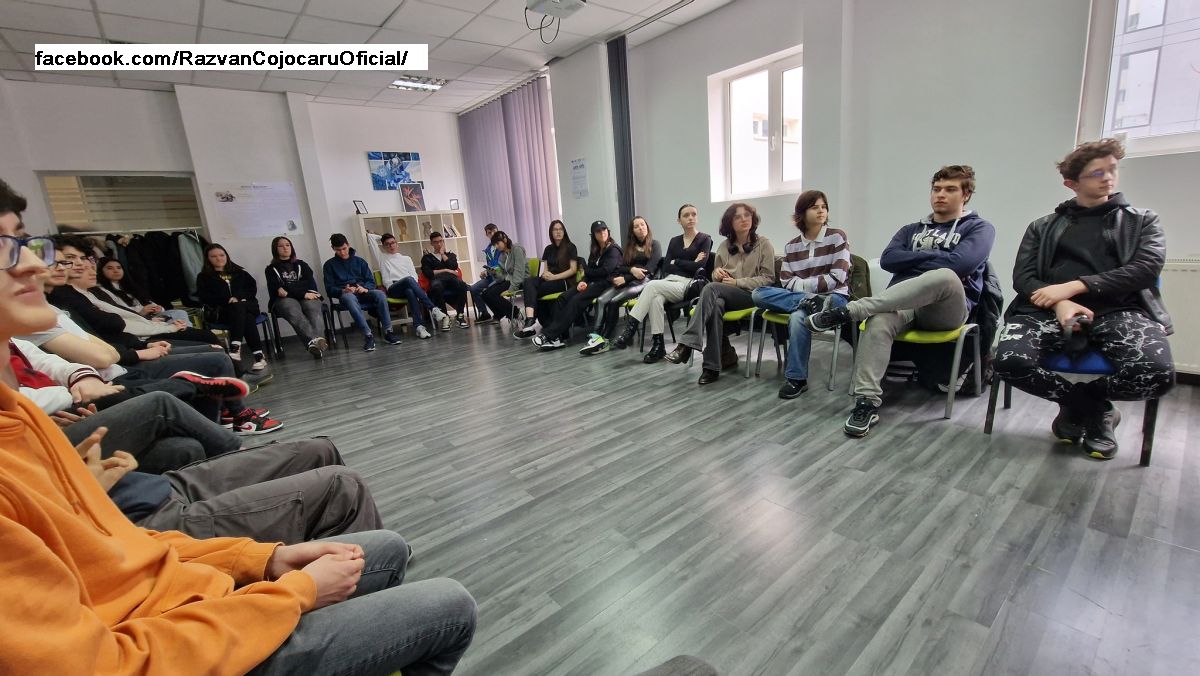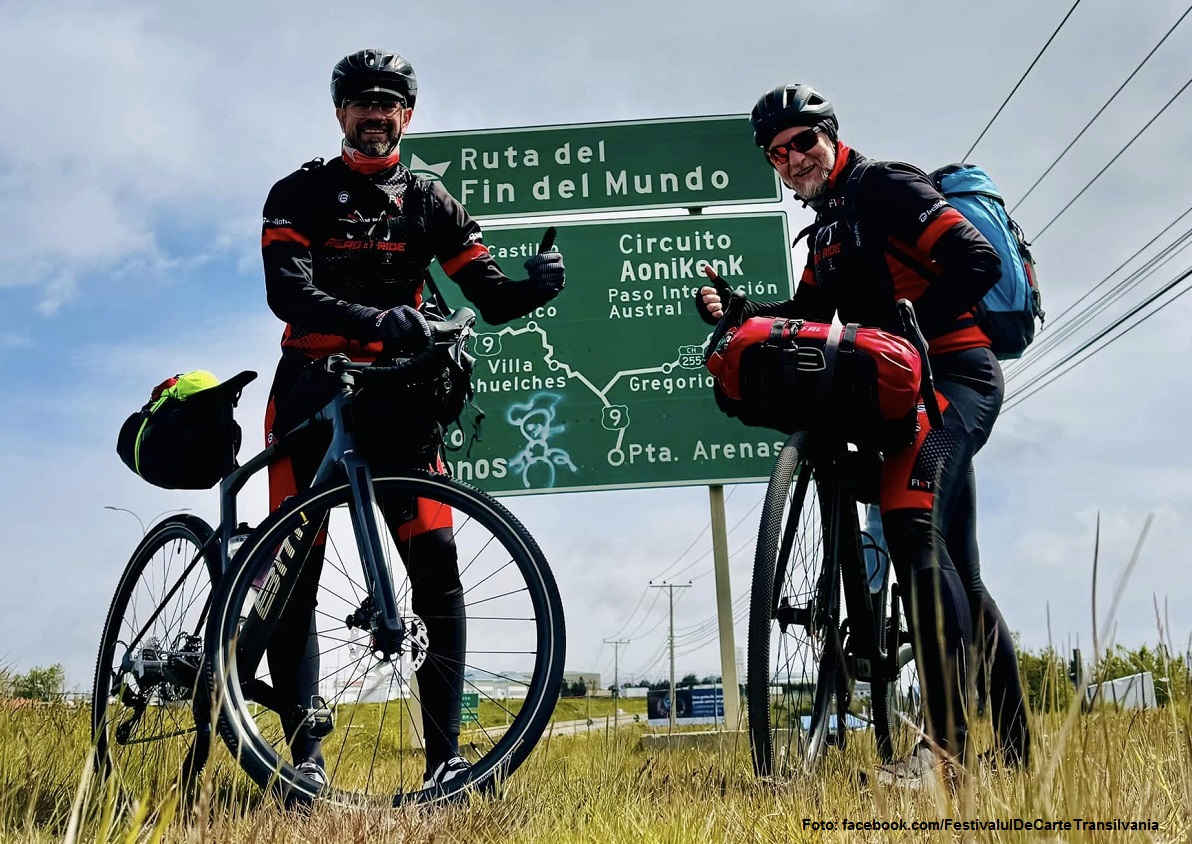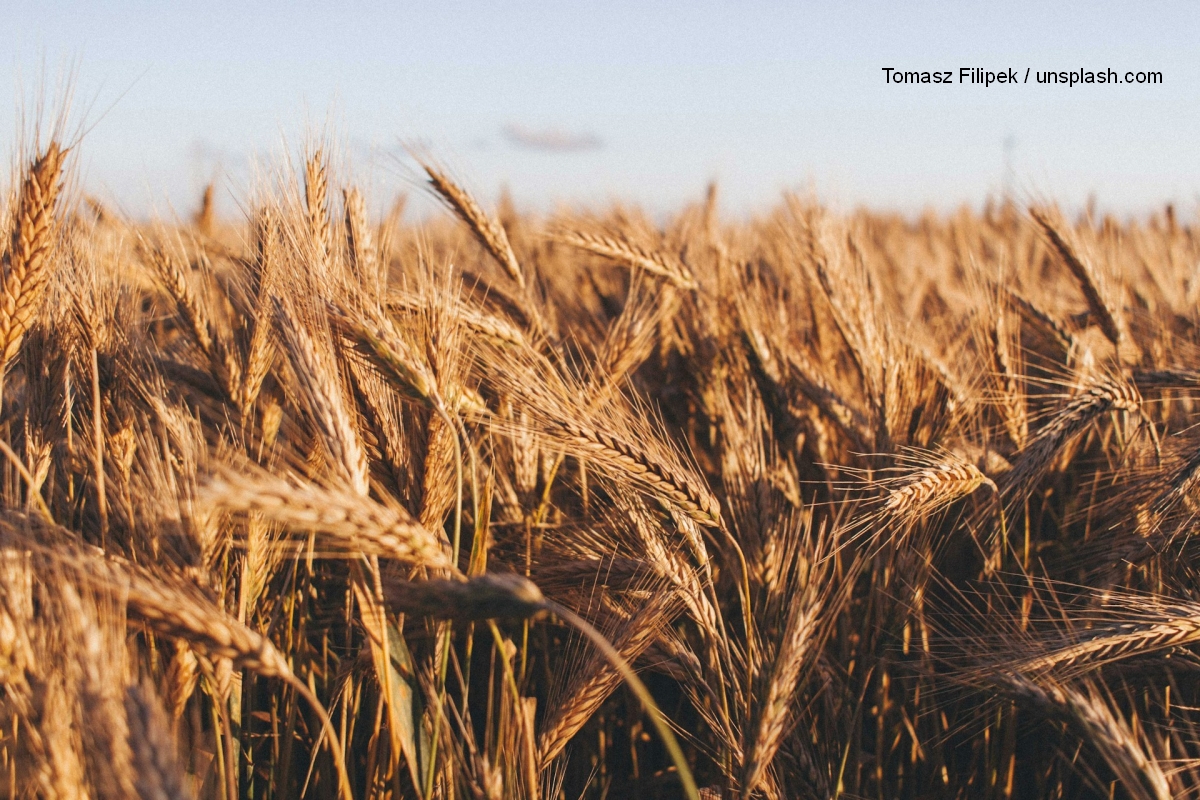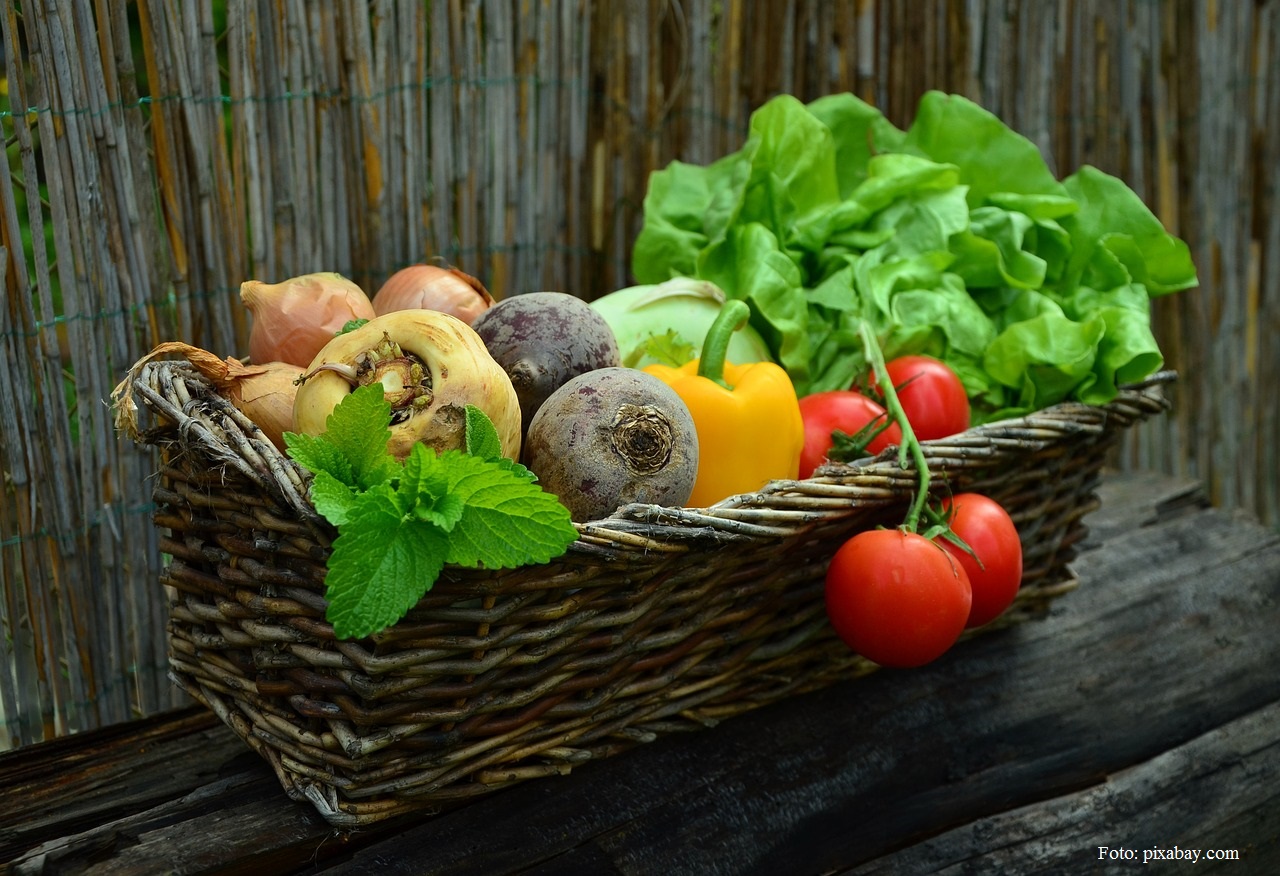The Banat Sausage Festival
An outlook on the by now popular festival in Timisoara
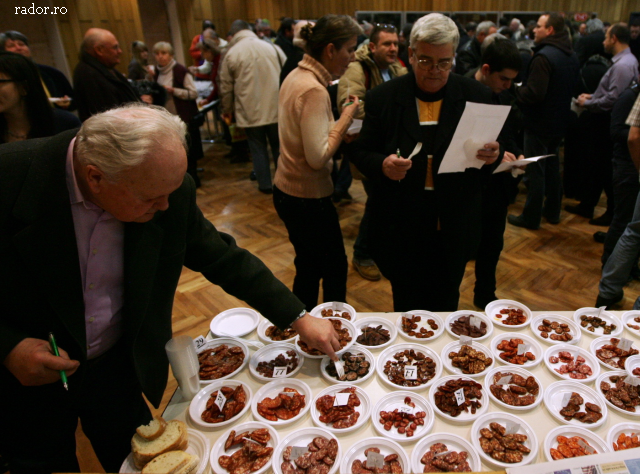
România Internațional, 15.02.2015, 13:19
In late January, dozens of types of sausage were on offer in Timisoara, a city in Western Romania, at a new edition of the Worschtkoschtprob. You can be excused for not knowing what that is, but it is a major local event. It is the ninth edition of the Banat Sausage Tasting, held yearly by the German language weekly Banater Zeitung. The competition is attended by individual sausage makers and companies in the field. Dozens of inhabitants gathered to taste the sausages.
Siegried Thiel, an editor with Allgemeine Deutsche Zeitung’s Timisoara branch, told us about this festival, in its 24th edition:
“This is an event that has reinvented itself. The Banat sausage tasting was initiated in the 1970s by the editors-in-chief of Neuer Banater Zeitung, then was stopped in the 1980s. It was considered slightly subversive for its time, because two things led to its getting suspended. I think the authorities back then were not that happy to have a minority community holding an event in the office of a newspaper, and at the same time we should think of the disastrous economic situation back then. The festival was held with the sausages and wine that everyone brought from home, you could not find anything in stores back then, so that was an affront to the economic situation. In 1994, the managing board of the paper resumed the event, and we had a first attempt with 25 people in the office, including the editors, and when we saw how much interest there was for it, the following year we moved to the Adam Muller Guttenbrunn House, where we could accommodate 300 guests. The event gained momentum, and now people come to us in December by themselves, we don’t even have to advertise.”
The stars this year were spicy smoked pork preparations, as well as beef and mutton, and the jury declared that the best Banat sausage was made in the village of Satchinez, made with pork and veal.
“We had over 30 individual competitors. We also allow companies to compete, and we just make an evaluation classification, we just give out awards, we don’t point fingers at the worst products. Individual competitors bring over a sample each, and the jury makes an evaluation. It’s a fair play competition, no one knows to the last minute who the winner is, points are gathered independently, and the winner was once again a Swabian recipe sausage, namely Timotei Tintoi, from the village of Satchinez, Mircea Pascu from Timisoara came in second, followed by Eduard Kling, born in Cenari village, Timis County, who’s been living in Germany for the last 25 years, and who had read about this event and wanted to take part in it.”
The winner this year in the art of sausage making, Timotei Tintoi, is the winner of three consecutive editions, he is a 53 year-old from Satchinez who’s been living in Timisoara for the last few years. He is retired, which allowed him to hone his culinary art, a talent partially inherited from his predecessors, he says. He told us that he had won with recipes from his father and grandfather, as a kind of homage. He impressed the jury with two particular recipes of sausages. One of them, pork and veal, is from his grandfather, and he submitted his sample with his grandpa’s name, getting third place. His winning sausages were pork only. Timotei Tintoi partially revealed the recipe of his success ” The pig needs to be raised in the backyard of one’s household, the meat needs to be fresh and the man, starving.“unquote. The winning sausages in the Timisoara contest were prepared in Satchinez, were Tintoi also has a smoke house, and for him, the prizes he scooped so far are the tip of the iceberg, reason enough why he let everybody know he would only have an honorary participation in the contest “ to allow other sausage-makers to win as well.”
Siegfried Thiel told us that, apart from the tasting proper, “Worschtkoschtprob” was also a pretext to interact with the readers of the newspaper.
”I believe that in the beginning, before the Revolution, that was the main idea. As others host the event of their newspaper, inviting everyone to have a meeting with the readers, with the friends of the newspaper, with the sponsors, with the business partners, so we, the staff of Banater Zeitung, could mark the anniversary on November 10. And since on the 10th of November there are no sausages, there is no special occasion to hold such an event, we changed the date of the event for the last Thursday in January. And we thus blend two things: the anniversary of the newspaper, and there’s yet another thing, which has a little bit to do with the tradition of the German newspapers, at least here, in Banat, which means that we have been observing some traditions, in that we get our readers come closer to traditions, as I found out there were people that for years had not prepared sausages in their own courtyard, because of their age, but this year they did the least they could do, that is taking part in the event, as they really wanted to be there. We make the newspaper known, they talk about the paper at least at this time of the year and we do something to preserve the traditions, since for the Swabians of Banat pig slaughtering and preparing the pork has been something extremely important. The weight of the pig told a lot about the well-being of the peasant, and that has not completely vanished.”
And that is how an event, which used to be slightly subversive during the communist regime, hosted by the office of a newspaper, came to be an event with hundreds of guests, actually a celebration of Swabian traditions.

